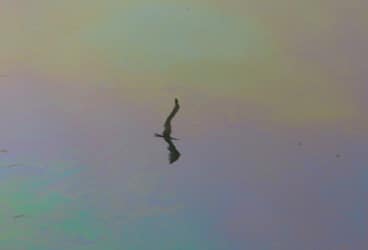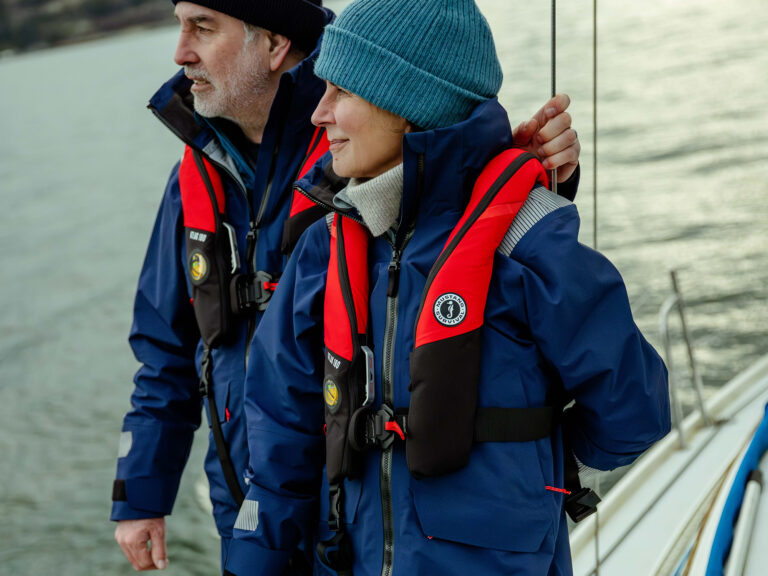
Del_Viento_diesel_sheen
Remember that scene in Good Will Hunting in which the psychologist played by Robin Williams confronts the cocky, self-assured, know-it-all genius played by Matt Damon:
“So, if I asked you about art, you’d probably give me the skinny on every art book ever written…But I bet you can’t tell me what it smells like in the Sistine Chapel. You’ve never actually stood there and looked up at that beautiful ceiling.”
And so it is with sailboat cruising. As I wrote in a previous post, the knowledge you pick up from magazines, books, blogs, and videos is very different than the practical knowledge you gain from being out there.
Because few of us can afford the time and money to hire someone to provide hands-on training out there—such as the ocean passage making instruction offered by John and Amanda Neal—we’re left to provide our own instruction, through exposure, getting out on the water and experiencing the unexpected. And the unexpected is not always fun.
In the early 1990s, as a twenty-something new owner of the first Del Viento, I was less cautious than I am today and as a beginning sailor, downright reckless. On occasion early on, I’d end the day cold and wet and scared, having lost control of the pitching boat, with sails flapping in 20 knots of wind and a loose headsail sheet whipping madly about. I made promises to sell the boat when I reached shore and to never sail again. Sailing can be like that.
Fortunately, things never seemed so bad once ashore and I would head out for more, learning to tie stopper knots, remembering to don a harness, learning when to reef, and just getting to know my boat better.
In the late ’90s, Windy and I faced two significant unexpected events on our seven-month cruise from California to Florida, one at the start and one at the end of our voyage. The first found us sailing downwind, about 50 miles off the Northern Mexico coastline, in strong winds and increasing seas. Overnight things intensified and we ripped our mainsail in half with a loud pop following an accidental jibe. I was aware of preventers and boom brakes, having read about them in books before we left, but I hadn’t yet sailed in conditions where they were so critical. This experience left an indelible impression about why they are important. We pulled the sail down and tied it off at the first set of reef points above the tear, later having the sail repaired by other cruisers with a sewing machine.
The second event was a subtropical depression, the first of the 1997 Caribbean storm season. We were en route from the Colombian island of Providencia to Honduras’s Roatan. In the middle of the fourth night of our passage, I woke Windy. It was a clear sky, but the entire horizon astern was a black wall. We reefed the sails for a storm and waited for the punch. Hours later it overtook us, hitting like a squall but not letting up for the next 30 hours. We both hung on and ran with it, the wind and seas building all the while. No book or video I read before this time or since, could have prepared me for what it was like to be at the helm, running like this. After ducking into Maria la Gorda, the large bay on the southwestern side of Cuba, I was tired but exuberant.
We didn’t anticipate the storm, it was an unexpected event. But I learned that a storm, with winds at 35 knots, gusting to 50, can be managed. We didn’t manage it as well as we could have, or should have, but we got through it. I have context now for reading about other strategies, a real-life foundation for developing my own understanding.
In his_ The Seaworthy Offshore Sailboat,_ sailor and author John Vigor writes that Eric Hiscock, a legendary cruising sailor, worried privately for many years that his stout cruising boat would someday be caught in bad weather. When that day finally came, late in Hiscock’s cruising life, he and his boat fared well. Hiscock later wrote, “Fortunate indeed is the man who, early in his sailing career, encounters and successfully weathers a hard blow.”
So don’t wait for Hal Roth’s _How To Sail Around The World_ to arrive from Amazon. Push pause on the entire library of Lin and Larry Pardey’s DVDs. Take what you know now and prudently embark on the next voyage that fits your comfort zone. If you’re lucky you’ll soon weather that hard blow that pushes you just a bit and leaves you ready for the sea’s next lesson.
–MR
I__n our twenties, we traded our boat for a house and our freedom for careers. In our thirties, we slumbered through the American dream. In our forties, we woke and traded our house for a boat and our careers for freedom. And here we are. Follow along at http://www.logofdelviento.blogspot.com/







